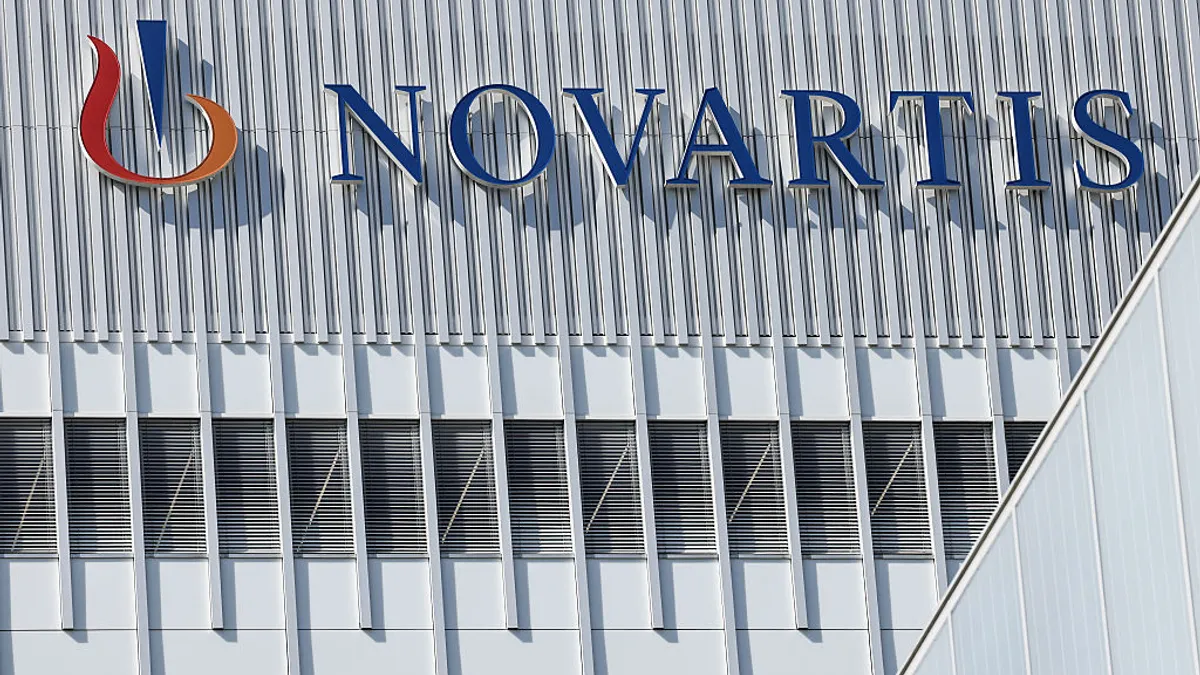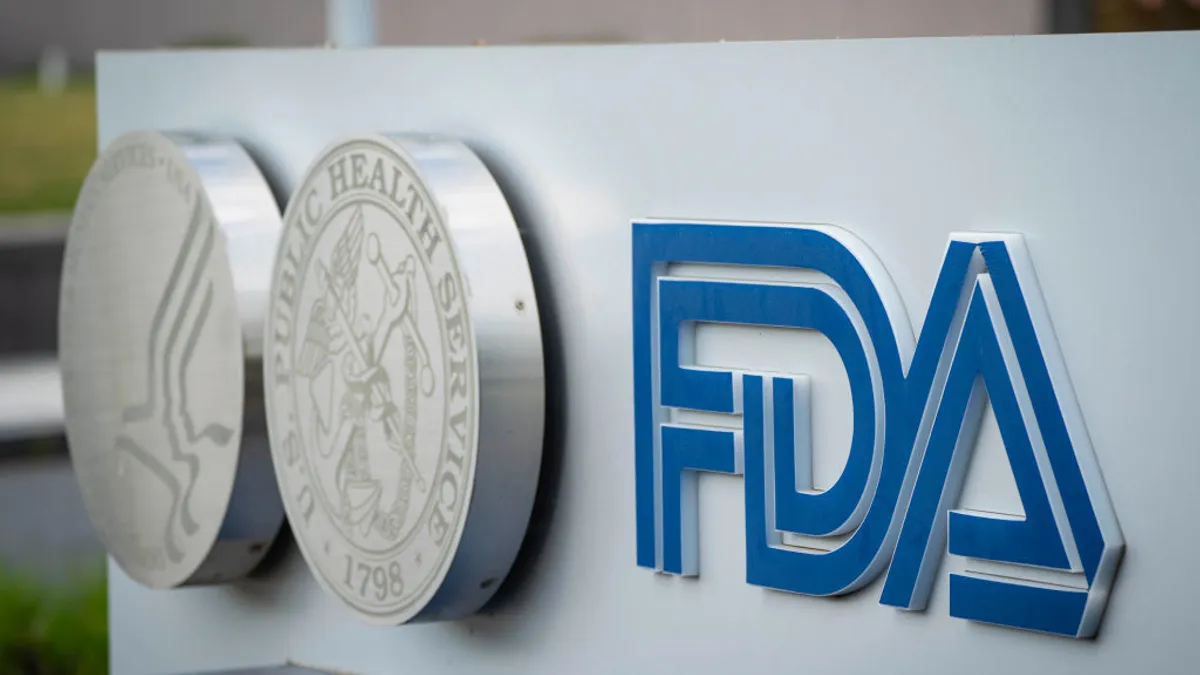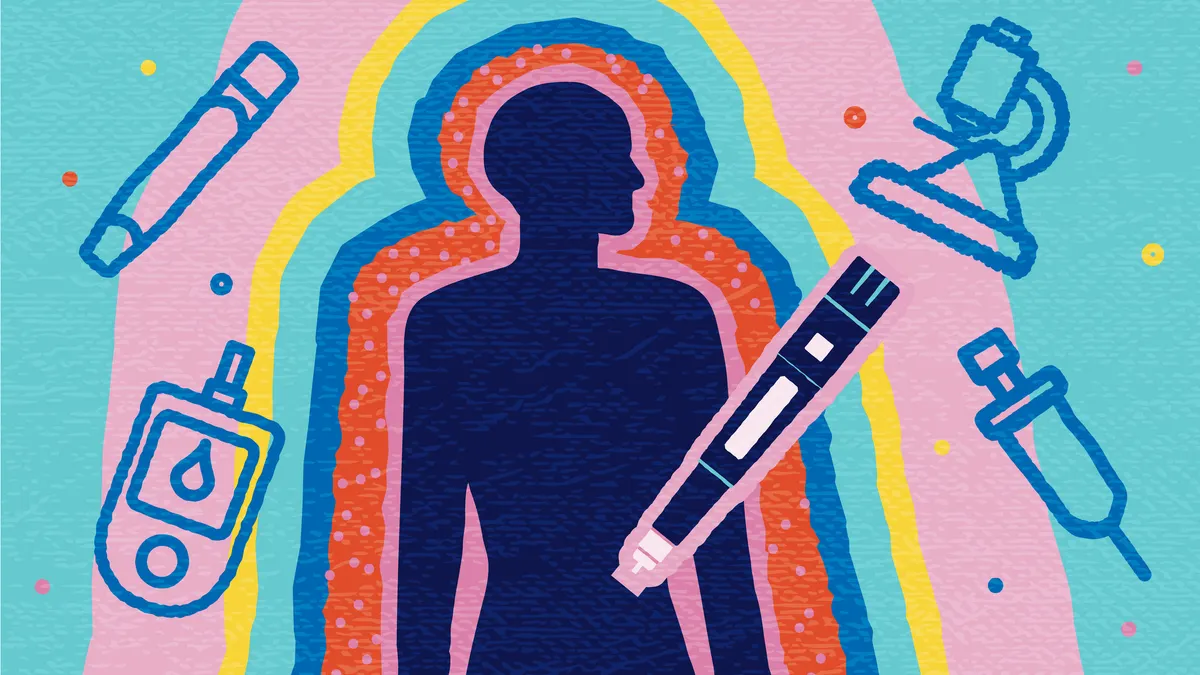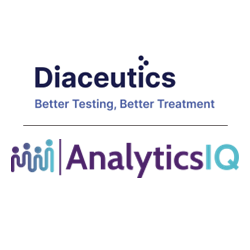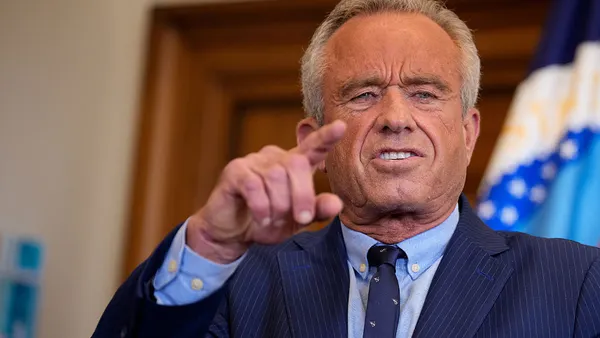When Novartis announced it was teaming up with the NFL last month, the company called it the first-ever corporate pharmaceutical partnership with the league. But it wasn’t exactly the only matchup between the industry and the professional football world.
The NFL has inked several deals with pharma companies, starting with a 2003 sponsorship agreement that co-promoted a Bayer and GSK drug that was under FDA review.
Yet, instead of marketing one drug, Novartis said this new partnership is “unprecedented” and a “first-in-category” because it aims to tap into football fans’ passion for the game so they make a commitment toward their own health through existing NFL initiatives.
“Our approach goes beyond a focus on a single product or therapeutics to emphasize long-term, proactive behaviors that drive improved health outcomes,” said Gail Horwood, U.S. chief marketing and customer experience officer for innovative medicines at Novartis.
It’s also part of Novartis’ broader ongoing strategy to experiment with marketing at live events. And the NFL’s reach is enormous — up to 70,000 spectators attend games while more than 17 million watch each TV broadcast, according to Horwood.
“We’ve seen that sports events have a significant impact especially in terms of driving viewers to seek out more information,” Horwood said. “Knowing that public awareness is a critical component of managing personal health, partnering with the NFL allows us to amplify important health messaging, at scale, and strengthen our connection with patients — ultimately empowering fans everywhere to make proactive health decisions.”
Broadening marketing strategies
The partnership comes as the pharma industry braces for potential new advertising restrictions. HHS Secretary Robert F. Kennnedy Jr. has proposed banning TV drug advertisements , and while questions remain over whether he has the authority to implement such a measure, doing so would deeply impact how pharma markets its products in the U.S. Between January and October 2024, pharma companies spent over $5 billion on TV ads, according to Ad Week.
Kennedy has long blasted pharma TV ads, noting that the U.S. is one of only two countries — the other is New Zealand — where it’s legal.
Kennedy’s not alone in seeking advertising reform. Sen. Dick Durbin, D-Ill., wants to require pharma companies to disclose prescription drug prices in advertisements through the Drug-price Transparency for Consumers Act, which he sponsored. But so far, neither Kennedy nor federal regulators have made an official move to ban pharma commercials.
With the airwaves still open, Novartis’ NFL deal exemplifies how pharma companies can diversify marketing plans.
The NFL already has several ongoing campaigns that raise funds for cancer screenings, host educational events and enable players to show support for specific health causes by donating their cleats. Novartis said it will start the partnership by strengthening the NFL’s Crucial Catch initiative, focused on cancer awareness, detection and risk reduction.
“Sports cut across barriers — whether geographic, cultural or socioeconomic — which is critical for advancing better health outcomes.”

Gail Horwood
U.S. chief marketing and customer experience officer for innovative medicines, Novartis
“Collaborations like our partnership with the NFL offer us dynamic and impactful ways to engage with patients, leveraging existing initiatives driven by the league like Crucial Catch, the [Player] Health and Safety Summit and My Cause My Cleats,” Horwood said. “These channels provide an opportunity to reach a broad audience in an authentic way, allowing us to focus on education and health advocacy rather than relying solely on traditional advertising channels.”
Novartis will also have a presence at key NFL events, including the 2025 NFL Draft, Super Bowl and more.
Pharma’s Super Bowl history
Pharma has only recently begun running ads during the Super Bowl, and the commercials haven’t always been a touchdown. Pharma ads from this year had mixed results among viewers and sparked some backlash — one from Pfizer was criticized over high healthcare costs in general, and an ad by the wellness direct-to-patient platform Hims & Hers was panned over potentially misleading claims, Ad Week reported.
Astellas Pharma marketed its first-in-class menopause treatment Veozah at the Super Bowl in 2024 for the second consecutive year, likely shelling out millions for the TV spot. The ad for a drug that treats hot flashes underscored the changing dynamics of NFL viewership as more women now watch football.
Novartis aired its first-ever Super Bowl ad in February to promote breast cancer screening in what it called the “Your Attention, Please” campaign. The minute-long ad was set to upbeat music and depicted women in sports, fashion, art and everyday situations — but focused on their chests to make the statement that breasts get a lot of attention, but not always for health reasons. The unique ad saw strong engagement from viewers and directed them to a website with more information on cancer screenings and risk factors.
“The commercial and overarching campaign resonated strongly with viewers, receiving positive feedback and driving more than 1 million visits to the campaign website where patients could learn more about evaluating their breast cancer risk and screening options,” Horwood said.
Novartis’ blockbuster breast cancer drug Kisqali, a kinase inhibitor, received an expanded approval for earlier lines of care last year. The drug was the fourth-best-selling product for Novartis in 2024, bringing in more than $3 billion in sales.
Novartis plans to continue promoting early detection for cancer and other diseases through the new NFL partnership. And the company will continue to refine its “bold” approach in messaging that it set in the Super Bowl commercial going forward, Horwood said.
By teaming up with the biggest sports league in the U.S., Novartis is betting the audience will connect with the company in a meaningful way.
“Sports cut across barriers — whether geographic, cultural or socioeconomic — which is critical for advancing better health outcomes,” Horwood said.



